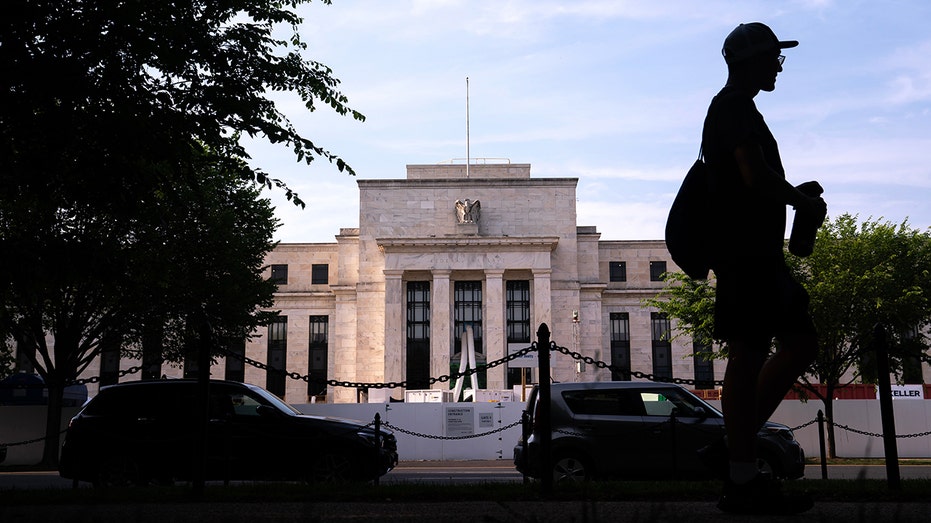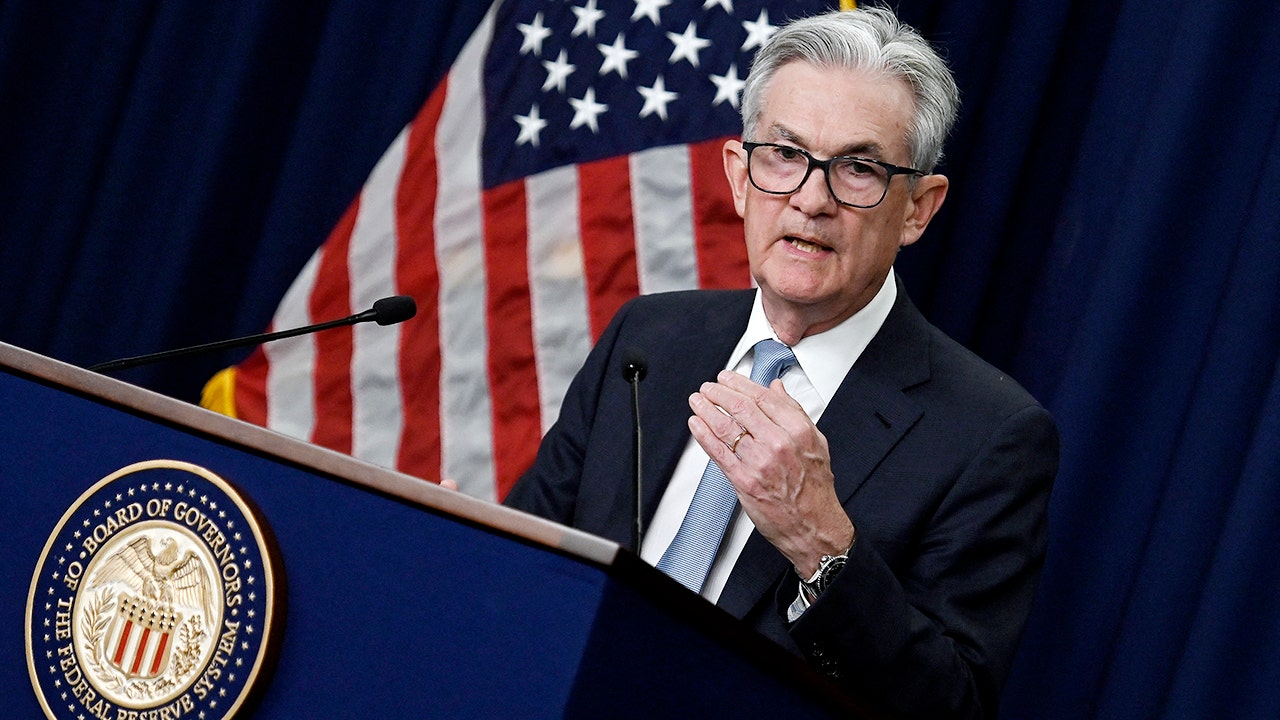U.S. Federal Reserve officials at their last meeting acknowledged they could face “difficult tradeoffs” in coming months in the form of rising inflation alongside rising unemployment, an outlook buttressed by concerns about financial market volatility and Fed staff warnings of increasing recession risk, according to minutes of the May 6-7 session.
The foreboding outlook has likely shifted since then following President Donald Trump’s decision just a week after the meeting to postpone the severe import tariffs, including a 145% levy on goods from China, that had forced up bond yields, driven down stock prices, and led to widening predictions of a U.S. economic downturn.
But the minutes released on Wednesday still showed Fed policymakers and staff engaged in a consequential discussion of the likely fallout from Trump administration policies that remain in flux – with even the highest tariffs on hold but not yet withdrawn altogether.
POWELL WARNS ECONOMY COULD FACE MORE FREQUENT ‘SUPPLY SHOCKS’
Officials at the meeting noted that volatility in bond markets in the weeks before “warranted monitoring” as a possible risk to financial stability, and noted that a change in the U.S. dollar’s safe-haven status, along with rising Treasury bond yields, “could have long-lasting implications for the economy.”
Fed officials continue to cite the possibility of inflation and unemployment rising in tandem as a risk that would leave them forced to decide whether to prioritize fighting inflation with tighter monetary policy or cutting interest rates to support growth and employment.
FEDERAL RESERVE HOLDS KEY INTEREST RATE STEADY AMID ECONOMIC UNCERTAINTY
“Almost all participants commented on the risk that inflation could prove to be more persistent than expected,” as the economy adapted to higher import taxes proposed by the Trump administration.

“Participants noted that the (Federal Open Market) Committee might face difficult tradeoffs if inflation proves to be more persistent while the outlooks for growth and employment weaken,” the minutes said. “Participants agreed that uncertainty about the economic outlook had increased further, making it appropriate to take a cautious approach until the net economic effects of the array of changes to government policies become clearer.”
RISKS TO BOTH SIDES
The prospect of rising unemployment and higher inflation was outlined in staff briefings that projected a “markedly” higher inflation rate this year due to the impact of tariffs and a job market “expected to weaken substantially” with the unemployment rate rising above estimates of full employment by the end of this year and remaining there for two years.
FEDERAL RESERVE GOVERNOR WARNS US DEFICIT ‘NOT SUSTAINABLE’ AS TREASURY BOND DEMAND WEAKENS
The unemployment rate was 4.2% as of April; Fed officials consider 4.6% to represent the level sustainable in the long run with inflation steady at the central bank’s 2% target.
The delay in the most aggressive tariffs to be imposed on China and other nations caused many analysts to lower their ownestimated recession risks, which Fed staff as of early May had considered “almost as likely” as their baseline outlook of slowing but continued growth.
In theory those stiff tariffs are only on hold until July pending negotiations over final tax rates, with Fed officials and business executives left in the dark about key aspects of the upcoming economic landscape.
The uncertainty still felt today was also the watchword at the meeting in early May, when the Fed decided to hold the benchmark policy rate steady in the 4.25% to 4.5% range. In a press conference after the meeting, Fed Chair Jerome Powell indicated the central bank was effectively sidelined until the Trump administration finalizes its tariff plans and the impact on the economy becomes clearer, a view reiterated by Powell and other Fed policymakers in the weeks since.
The Fed next meets on June 17-18, when the central bank will release new projections from policymakers about their outlook for inflation, employment and economic growth in coming months and years, and the projected interest rate they feel would be appropriate.
At their March meeting the median projection among policymakers was for two quarter-point interest rate cuts by the end of 2025.


